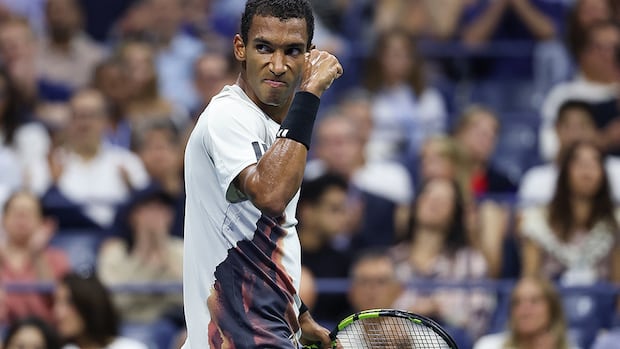Calgary Flames beat Columbus Blue Jackets 3-0

The Calgary Flames put on an emotional and symbolic performance at the Saddledome as they honored the late Johnny Gaudreau, who tragically passed away alongside his brother in a cycling accident. The game against the Columbus Blue Jackets marked a poignant moment for both teams and fans alike.
Johnny Gaudreau was a beloved player for the Flames for eight seasons before signing with the Blue Jackets in 2022. His sudden passing left a void in the hockey community, and the Flames paid tribute to him in a heartfelt ceremony. The Gaudreau family was in attendance, surrounded by players who had shared the ice with Johnny over the years.
The atmosphere at the Saddledome was somber yet full of love and support for the Gaudreau family. Players from both teams wore Gaudreau’s name and number on their jerseys during warm-up, a touching gesture to honor his memory. A video montage of Gaudreau played on the screens as the crowd chanted his name, creating a powerful moment of remembrance.
The game itself was a mix of emotions as players grappled with their grief while trying to focus on the task at hand. The Flames managed to take the lead with a goal from Rasmus Andersson, who dedicated his score to the Gaudreau family. Goalie Dan Vladar, a former teammate of Gaudreau, played with a heavy heart but managed to secure a shutout for the Flames.
As the game progressed, the Saddledome erupted in cheers as Kevin Bahl scored his first goal as a Flame, solidifying the team’s victory. The night ended with the Gaudreau family being honored on the ice, with Guy Gaudreau named the first star of the game.
Despite the emotional weight of the evening, the Flames were able to come together and secure a much-needed win at home. The team’s strong record at the Saddledome has been a bright spot in an otherwise challenging month, and they look to build on this momentum as they continue their season.
Overall, the tribute to Johnny Gaudreau was a touching reminder of the impact he had on his teammates, fans, and the hockey community as a whole. The Flames showed resilience and unity in the face of tragedy, honoring their former teammate in a way that will be remembered for years to come.
This article, inspired by The Canadian Press, highlights the emotional game between the Calgary Flames and the Columbus Blue Jackets and the touching tribute to Johnny Gaudreau.




